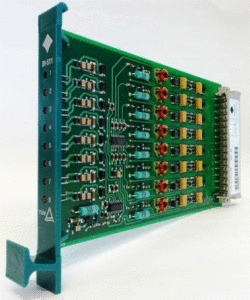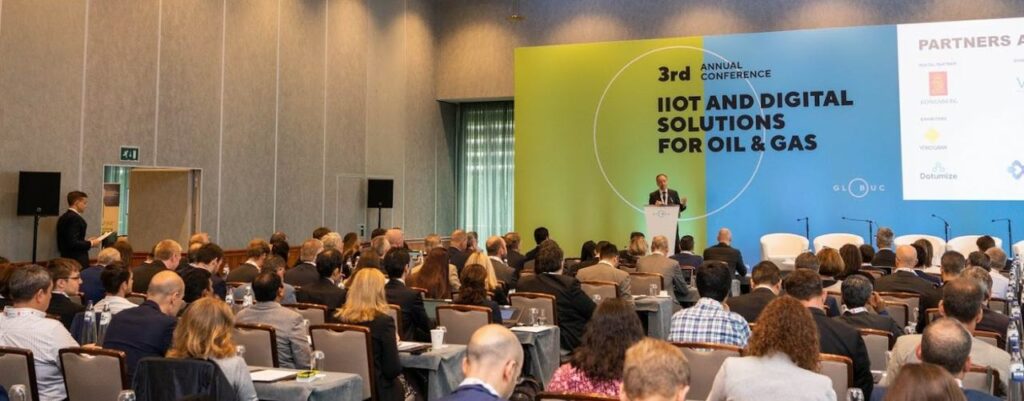The market for industrial automation systems is highly regulated. It is traditionally not keen on trying new concepts or technologies. Especially for industrial safety systems, where an error or human failure can result in multiple casualties. The networks connecting these automation systems were typically separated from office networks and the internet.
For some time now, the trend is to connect these industrial automation systems to the internet. This has benefits for management, maintenance, and efficiency. However, it poses a threat to the safety and availability of the plant, as all programmable components can be subject to cyber criminality and hackers. Most existing programmable controllers don’t have the latest sophisticated security features, and the ones that do are significantly more complex. They have more features for remote monitoring, updating and debugging.
The part of process safety related to industrial safety systems is called functional safety. A prerequisite for functional safety is a secure environment. Once that is jeopardized, functional safety can no longer be guaranteed.
The differences between safety and security risks
The differences between safety risks and security risks are fundamental. Although safety risks can be either random or systematic, they follow a pattern and can be prevented. Security risks, however, are targeted attacks; sometimes with insider knowledge. Also, safety risks are the result of neglect, while security risks are the result of willful intent and perseverance.
The challenges of cyber security need no emphasize. And there are already many articles written about it. Instead, with this article, we would like to introduce a possible solution that is very simple and yet very elegant. This solution doesn’t require firewalls, virus scanner updates, security patches, MAC address filtering, etc, and still is always one step ahead of hackers, instead of one step behind. It offers you very short reaction times, perfect safety performance, as well as complete cyber security invulnerability. It is called ProSafe-SLS.
Eliminate the risk of cyber-attacks from hackers

Yet it can report its data to a higher-level automation system, for status reporting or more complex analysis. The system is virtually maintenance-free, and the technical lifespan is over 30 years. Compare this to any PLC-based system, where the average maintenance interval is three months. Large industrial companies rely on this technology for decades.
Is this the only solution? Can an entire plant be safeguarded by only hardwired safety systems? Although this could be technically possible, it is unlikely due to several reasons. However, the main cause of major accidents is often an exceedance of a limited amount of mechanical design parameters. Temperature, level, or pressure are the most common physical parameters to cause explosions, fire or chemical spills, and the amount of the critical ones are typically limited. Those parameters can be perfectly safeguarded by ProSafe-SLS.
Curious to learn more about ProSafe-SLS?
Visit the ProSafe-SLS page or contact the author Claudy de Groote by email: Claudy.de.Groote@nl.yokogawa.com.
I also look forward to your comments here on the blog or on our Social Media channels!




